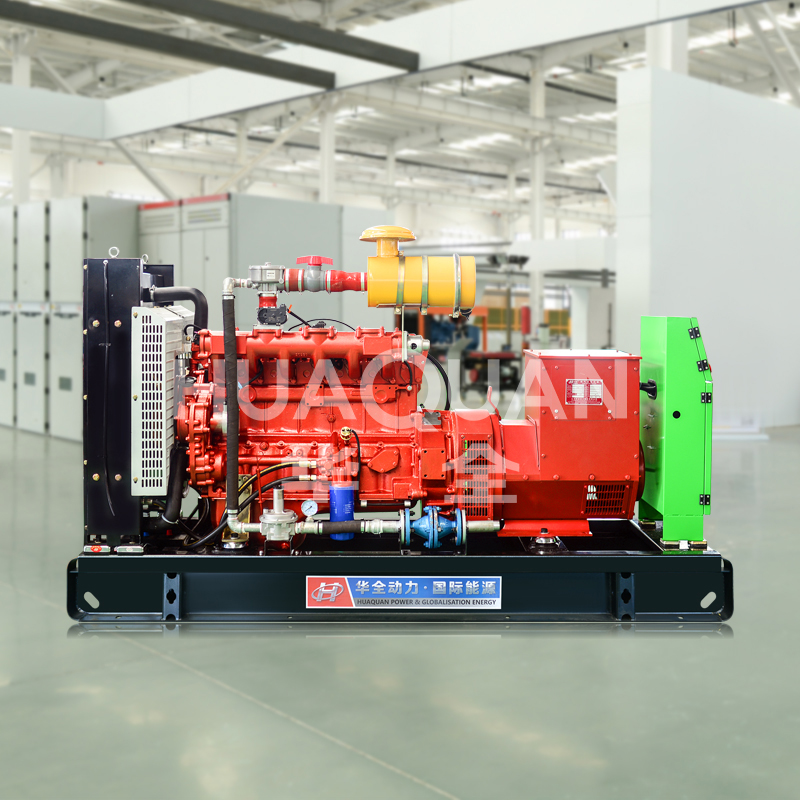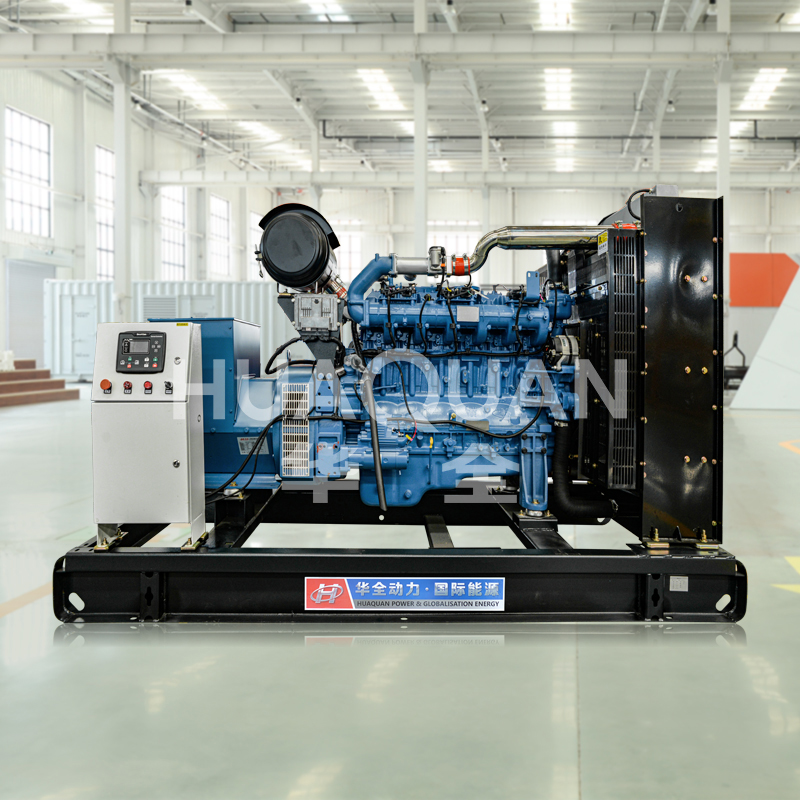A Gas Generator produces significant heat during operation, making proper ventilation and cooling essential for safe and efficient performance. Poor heat dissipation can lead to overheating, reduced efficiency, and even equipment failure. Below are key guidelines to ensure optimal ventilation and cooling for your Gas Generator.
1. Outdoor Placement and Clearance
Always operate a Gas Generator in an open, well-ventilated area. Never use it indoors, in garages, or near windows, as exhaust fumes contain dangerous carbon monoxide. Maintain at least 3-5 feet of clearance on all sides to allow proper airflow and prevent heat buildup.
2. Avoid Enclosed or Confined Spaces
Even in outdoor settings, avoid placing the Gas Generator in tight corners, under low roofs, or near walls. Restricted airflow can trap heat, causing the engine to overheat. If using a generator enclosure, ensure it has adequate ventilation openings.
3. Monitor Ambient Temperature
High external temperatures can strain the Gas Generator’s cooling system. In hot climates, provide additional shade (without blocking airflow) to help maintain a stable operating temperature. Conversely, in cold weather, ensure the generator stays dry to prevent icing that could obstruct vents.
4. Regular Maintenance for Optimal Cooling
Dust, dirt, and debris can clog air filters and cooling fins, reducing heat dissipation. Clean the Gas Generator’s air intake and cooling components regularly. Check the oil level and coolant (if applicable) to ensure proper lubrication and cooling system function.
5. Observe Warning Signs of Overheating
If the Gas Generator emits unusual smells, runs louder than normal, or shuts down unexpectedly, it may be overheating. Immediately turn it off, allow it to cool, and inspect for blockages or mechanical issues before restarting.
By prioritizing ventilation and cooling, users can enhance the safety, efficiency, and lifespan of their Gas Generator, ensuring reliable power when needed.
More information about Huaquan Power:https://sinogens.com/








